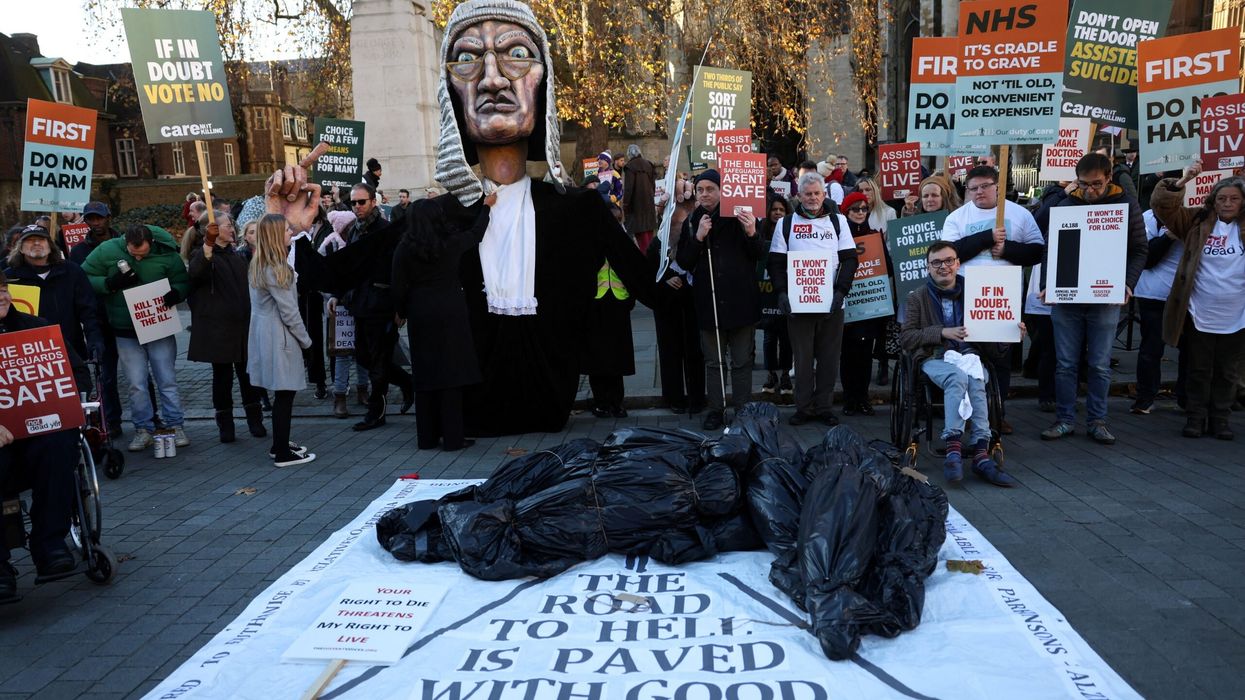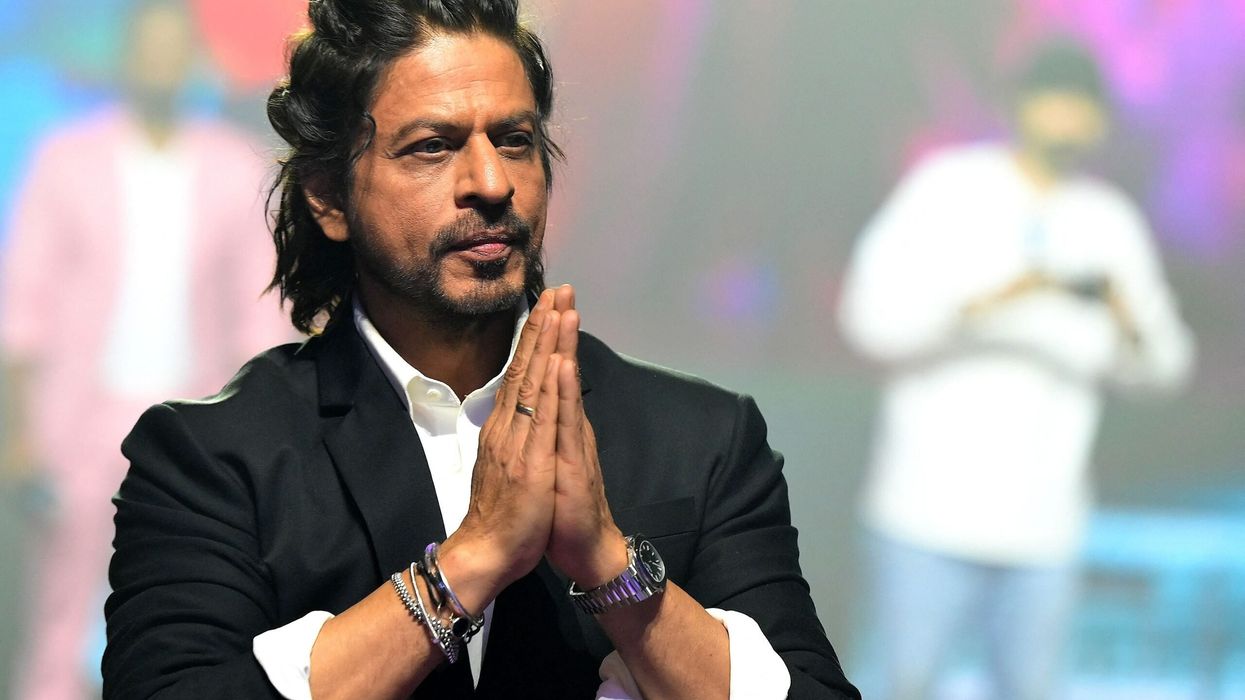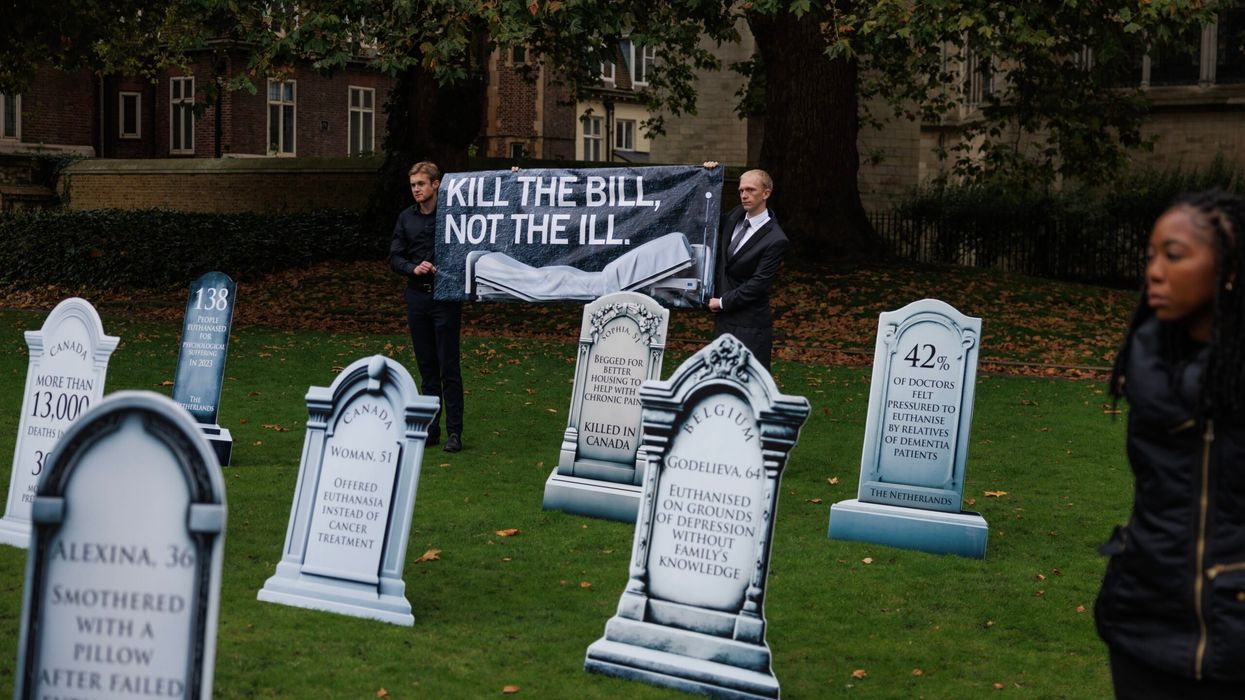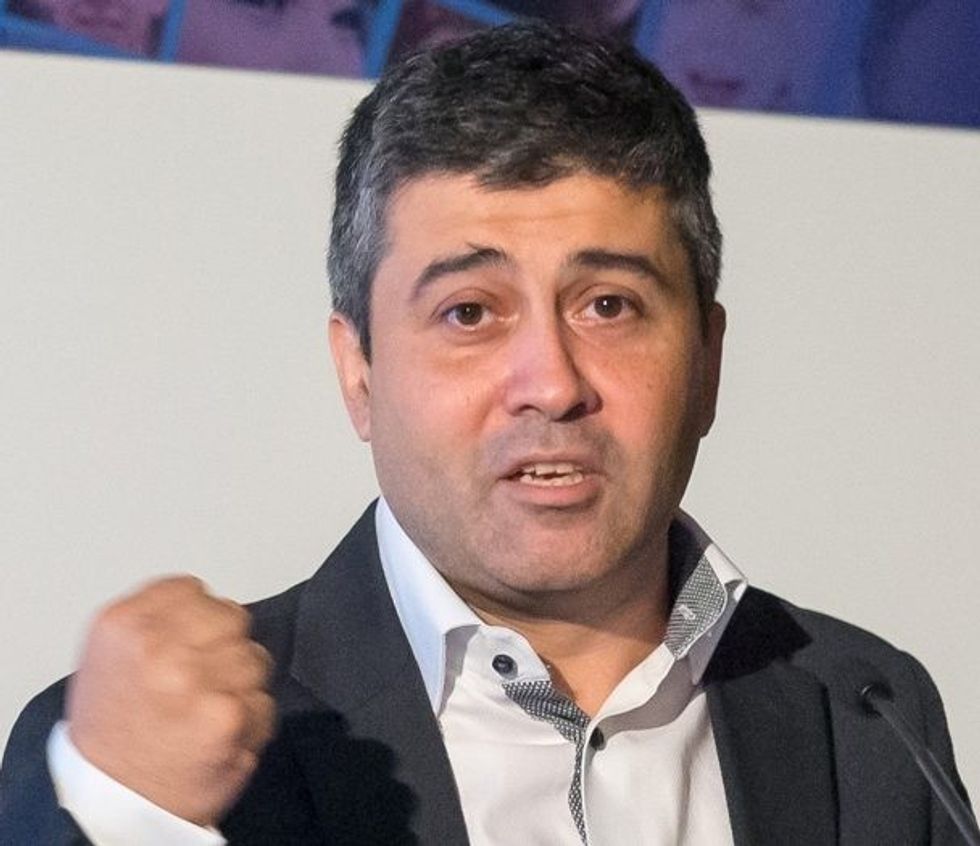SOME of the great art treasures of India are on display in the Prince of Wales Museum in Mumbai.
Like the city itself, which was called Bombay until 1996, the museum was renamed something a lot simpler in 1998 in an upsurge of nationalism – it is now called the Chhatrapati Shivaji Maharaj Vastu Sangrahalaya, (CSMVS). That does trip off the tongue.

I have been to the museum a number of times on past trips to Mumbai. With a bit of luck, I hope to do so again this year.
This is especially because the museum is currently holding a new exhibition, which has brought in material on loan from a number of other great cultures.
This kind of arrangement could offer a solution to such disputes as the ownership of the Elgin Marbles, part of the Parthenon in Athens. They will remain in the British Museum in London unless a compromise can be worked out with the Greek government, which is demanding their return.
Neil MacGregor, who was director of the British Museum from 2003 to 2009 and presented the Radio 4 series, entitled A History of the World in 100 Objects, has written about the exhibition in Mumbai – Ancient Sculptures: India, Egypt, Assyria, Greece, Rome. This will be on show until the end of October 2024.
In an article in the Financial Times, MacGregor said: “The domed entrance hall of the great museum in Mumbai, the Chhatrapati Shivaji Maharaj Vastu Sangrahalaya (CSMVS), is an exhilarating anthology of India’s architectural styles – Buddhist, Hindu and Islamic, combined with just a dash of British railway gothic. Built around 1910, it sums up in stone much of the history of south Asia.
“Normally it leads the visitor swiftly into the neighbouring gallery of Indian sculpture. But for most of next year, it will have a different role. It now houses fragments of two of the seven wonders of the ancient world, and statues of gods from Egypt, Greece and Rome, selected by CSMVS curators from the collections of the Getty Museum, the Staatliche Museen zu Berlin and the British Museum.”
He added that the exhibition “is the first long-term display of great sculpture from the ancient Mediterranean ever to be seen in India – and the first stage of a pioneering exercise in global co-curation. The statues of Aphrodite, Dionysus, Apollo and their companions are the outriders for a long-term partnership between the CSMVS and the three lending institutions, a joint venture in sharing collections and knowledge, all funded by the Getty Trust. (I have been an adviser to the Getty Trust on this project from the beginning.)”
He added: “The sculptures and vases from Berlin, London and Los Angeles now gathered in Mumbai tell a wide range of stories.
“But they have been chosen by the Indian curators with one common purpose – to allow visitors, and especially students, not just to admire and enjoy great works of art, but also to think afresh about the complex links between India and the rest of the world over more than 3,000 years.
“Discussions with a group of universities from across India are under way on an even more ambitious project, to be developed in association with Cambridge university’s Global Humanities Programme.”
MacGregor spoke of the value of sharing art across countries and cultures: “In this project, more than any I have known, we have begun to measure and exploit the full potential of global co-curation – the understanding that objects in different places take on new meanings, provoke unexpected conversations and require fresh scholarship and new narratives.
“Everybody involved now hopes to build further on this beginning. Can this partnership be a model for others between the museums of Europe and North America and those in the rest of the world?”













